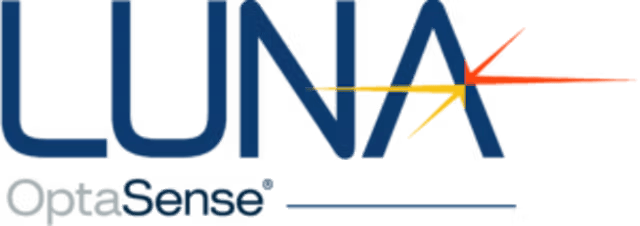Globally, utilities lose an estimated 30% of their water as Non-Revenue Water, resulting in billions of dollars in lost revenue each year. In regions with aging infrastructure, water scarcity, or weak regulatory oversight, this percentage can be even higher. Beyond the economic consequences, NRW undermines consumer confidence, hinders progress toward sustainability goals, and places additional strain on already limited freshwater resources. Addressing this challenge has emerged as a central priority for policymakers, regulators, financiers, and industry leaders who recognize both the risks and the opportunities it presents.
Smart Solutions for Leakage Reduction and Network Optimization
The greatest impact in reducing Non-Revenue Water comes from advanced leakage detection and pressure management technologies. Studies show that utilities implementing intelligent monitoring systems such as smart meters, acoustic leak detection, and AI-driven analytics can cut water losses by 20% to 30% within a few years, unlocking billions of dollars in recovered revenue. These solutions are already deployed on a large scale, proving that leakage reduction is not only technically achievable but also economically competitive compared to the costs of sourcing new water supplies.
Equally transformative are network optimization strategies such as district metered areas, predictive modeling, and dynamic pressure management. If widely adopted, these measures could prevent billions of gallons of water from going to waste each year while creating sales opportunities estimated at US$600 billion for the sector. Utilities that invest in these approaches also realize substantial cost savings, as reduced energy use from lower pumping and treatment needs delivers immediate operational benefits.
Heat recovery may not apply to this sector, but pipeline rehabilitation and advanced materials serve a similar purpose. Modern lining systems, composite pipes, and trenchless technologies extend the lifespan of networks, prevent recurring leaks, and lower maintenance costs.
Intelligent Infrastructure and the Path Forward
The adoption of building-level and district-level smart management systems is reshaping utility operations. Integrated platforms that automatically track flow, consumption, and demand allow utilities to detect anomalies in real time. By aligning pumping, distribution, and storage with actual usage patterns, utilities can reduce Non-Revenue Water and cut energy costs.













